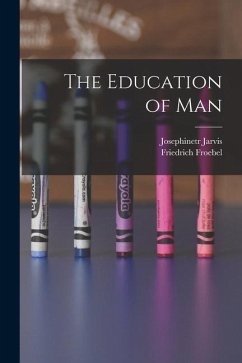
The Comfort of Little Things
An Educator's Guide to Second Chances

PAYBACK Punkte
11 °P sammeln!
Winner of the silver medal for personal growth and motivation in the Living Now Book Awards from Independent Publisher The Comfort of Little Things is a thought-provoking book that empowers educators to give themselves and the people in their lives second chances in order for themselves and the children they teach to learn and thrive. This book includes stories from the author and contributors to the author's blog posts. Educators are among the most loving and nurturing people on earth. Yet those same caring adults are too often very hard on themselves. The Comfort of Little Things provides st...
Winner of the silver medal for personal growth and motivation in the Living Now Book Awards from Independent Publisher The Comfort of Little Things is a thought-provoking book that empowers educators to give themselves and the people in their lives second chances in order for themselves and the children they teach to learn and thrive. This book includes stories from the author and contributors to the author's blog posts. Educators are among the most loving and nurturing people on earth. Yet those same caring adults are too often very hard on themselves. The Comfort of Little Things provides strategies and tips on how to give yourself a second chance. Drawing on the growing body of brain research along with personal experience and stories from educators, Holly Elissa Bruno fills her book with ideas that will help you see the world with the wonder of a child. You can learn to open yourself to the moment, to look at yourself anew, and to let go of negativity. As she writes, "Second chances come from letting go of what holds us back. These second chances take more work. The work is always rewarded. Fear not."




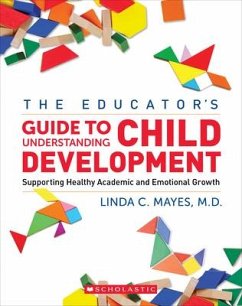
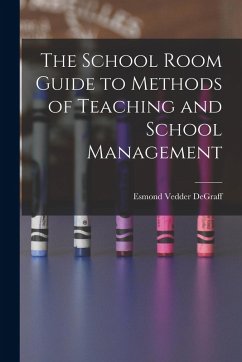
![Partnering with Families [3-Pack] Cover Partnering with Families [3-Pack]](https://bilder.buecher.de/produkte/34/34774/34774093n.jpg)
![Being a Professional, Partnering with Families, and Becoming a Team Player [3-Pack] Cover Being a Professional, Partnering with Families, and Becoming a Team Player [3-Pack]](https://bilder.buecher.de/produkte/34/34776/34776580n.jpg)
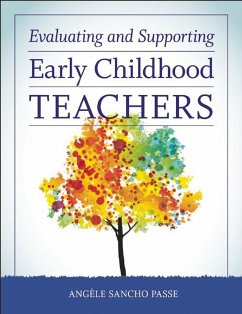
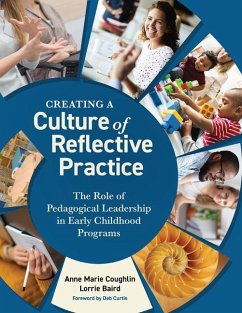
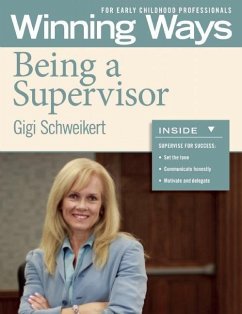
![Being a Professional [3-Pack] Cover Being a Professional [3-Pack]](https://bilder.buecher.de/produkte/34/34780/34780897n.jpg)
